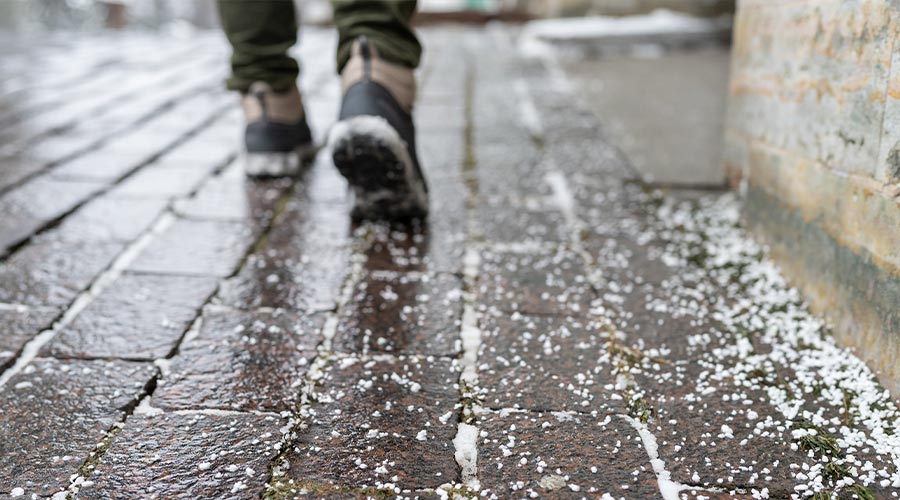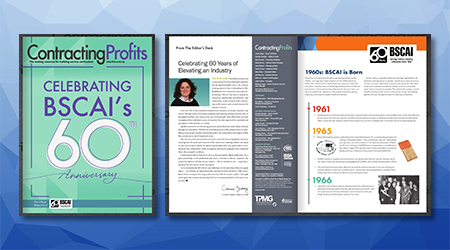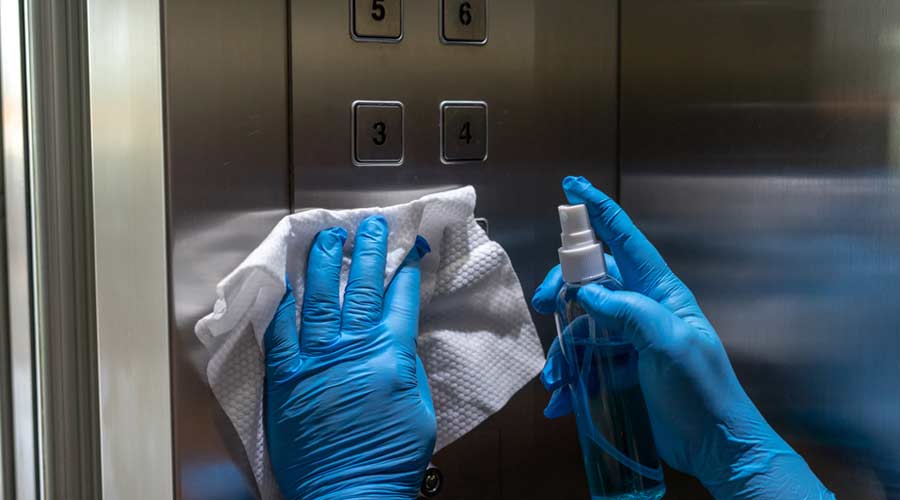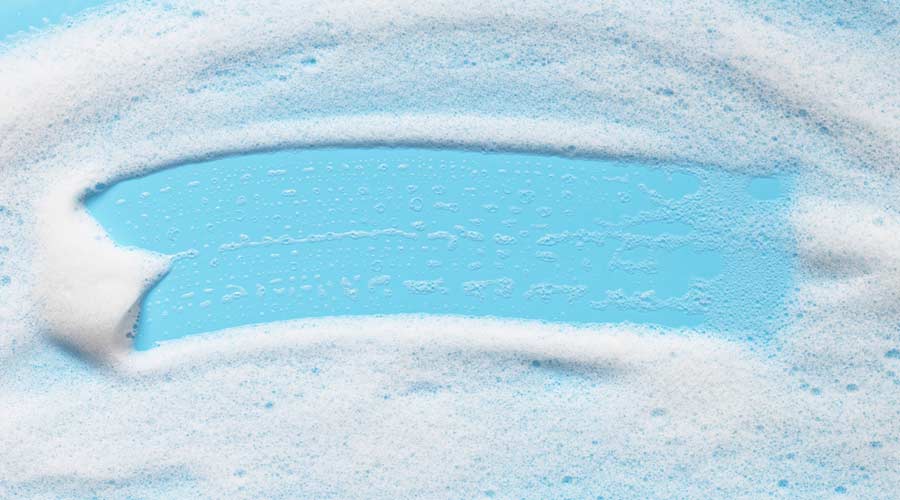
As many building service contractors (BSCs) would attest, the market is constantly in flux. The cyclical nature of the business is often so predictable that one could set a watch by it. Spring cleaning, summer routines, the fall ramp-up, and for many, the winter doldrums.
For the savvy and opportunistic business owner, though, this typically slower latter section of the calendar presents an opportunity—one made possible by a climate that is undergoing some changes. Changing weather patterns are presenting many regions of the country with weather-related challenges for which they lack the experience or resources to deal with effectively and efficiently.
Enter the concept of diversifying the portfolio of service offerings. Left to their own devices, building owners that are not used to properly dealing with a few inches of overnight snowfall might tackle the problem in a wildly inefficient way—opening the door to all sorts of subsequent pitfalls that could cause more problems than solutions. Over or inaccurate use of ice melt products can damage pavement, fade carpeting, and even impact building occupants’ tires and cars. Casual product overuse will also quickly deplete any standing inventory much more quickly than required, meaning wasted dollars and hours of extra work.
Instead, with some research, a few good choices, and some planning and training, winter weather care can present new revenue streams for BSCs looking to diversify their offerings.
With climate patterns becoming increasingly unpredictable and the weather itself growing harsher, even extreme—especially in regions traditionally unaccustomed to the realities of winter—there is a growing need and demand for professionals to tackle tasks such as snow removal, ice treatment, and general winter condition management.
Andrew Dessler, climate scientist and Director of the Texas Center for Extreme Weather at Texas A&M University, College Station, Texas, researches the impact of changing weather conditions. Following a 2023 storm, he was asked about the extreme cold hitting Texas and was quoted as saying the winter storms in the state “showed us how vulnerable we are to any weather event that's even a little bit outside of our normal operating conditions. Just a few degrees outside of that, and things go to hell very quickly."
While many BSCs may have previously thought of winter weather care as a sort of side-hustle, making moves to formalize the work now can pay dividends for years to come.
For most, the initial question when it comes to adding these services is a simple one: where to begin? There are many factors at play, and it’s crucial to identify what the particular needs are for local regions. What are the essential products that will be needed to effectively add these services? Is there specialized equipment that requires an up-front investment? And, naturally, how does one market and price these services to clients that may not even understand their own needs yet?
Picking Proper Products
Tackling harsh winter weather requires a bit more sophistication than just throwing bodies at the challenge. With the right tools and equipment for the job, and a staff well trained to use them efficiently, the task is less daunting than it seems. Mostly, it comes down to one critical thing: having the right product at the right time.
Dessler previously commented that the price tag state governments pay to recover from weather disasters can be extreme, but rarely do they spend money to avoid natural disasters. For the fast-moving BSC, being prepared with the right products at the right time is paramount.
Success hinges on developing, planning, and maintaining an on-hand inventory that can address a variety of scenarios (think everything from icy rain and sleet to 2 feet of thick powder), and allow the BSC to offer both pre-treatment and post-event services. One key concept to understand is the often-overlooked difference between anti-icing and de-icing.
Anti-icing most typically will involve applying something like a chemical agent to surfaces like sidewalks and parking lots before the weather itself actually arrives, ideally preventing the snow, sleet, or ice from forming a bond with the pavement. De-icing refers to the post-event treatment options, designed mainly to melt the ice and snow to clear surfaces for safe walking and driving.
For many regions that are now dealing with winter weather more frequently than prior years, these two tools will handle many scenarios. Therefore, the primary product to select and acquire is ice melt, which comes in different types of formulations and has distinctive properties that can have varying impacts on the environment.
Phill Sexton, Managing Director of WIT Advisors, Schenectady, New York, and a 30-year veteran of the snow and ice industry, highlights unseen damage of excessive salt use, noting that "the chloride is really a looming thing that I don't think most people realize." He emphasizes that a single teaspoon of salt can pollute five gallons of water, and that this pollution affects not only our freshwater resources and aquatic life, but also potentially our drinking water. Proper usage and direction-following are critical.
Sodium chloride, calcium chloride, magnesium chloride, and potassium chloride are all variants of what is typically understood as salt-based ice melts. They work quickly and can be affordable, but the tradeoff is runoff that harms flora and damages surfaces when overused.
In all cases, for both the BSC and the environment, less is more.
Sexton argues the goal is to get clients and contractors to understand the value of less salt.
"How do we get to the place that the property manager isn’t calling you because their boots don’t crunch on salt when they walk? That societal expectation is slow to change, but the bigger we grow the network, the more normal it gets,” he says.
Sexton offers up a tip for maximizing the effectiveness of salt with less product usage.
"When you pre-wet salt with a brine solution, a chemical reaction begins that works to melt ice faster," he says, emphasizing that this strategy can reduce application rates by 20 to 30 percent. "In other words, you use less salt and get the job done quicker — both of which are good for the bottom line."
Tools Cleaning Teams Use to Tackle Snow Removal

 Celebrating BSCAI's 60th Anniversary eBook
Celebrating BSCAI's 60th Anniversary eBook The Down and Dirty on Cleaning in Virus Season
The Down and Dirty on Cleaning in Virus Season How Surfactant Use is Expanding in Commercial Cleaning
How Surfactant Use is Expanding in Commercial Cleaning